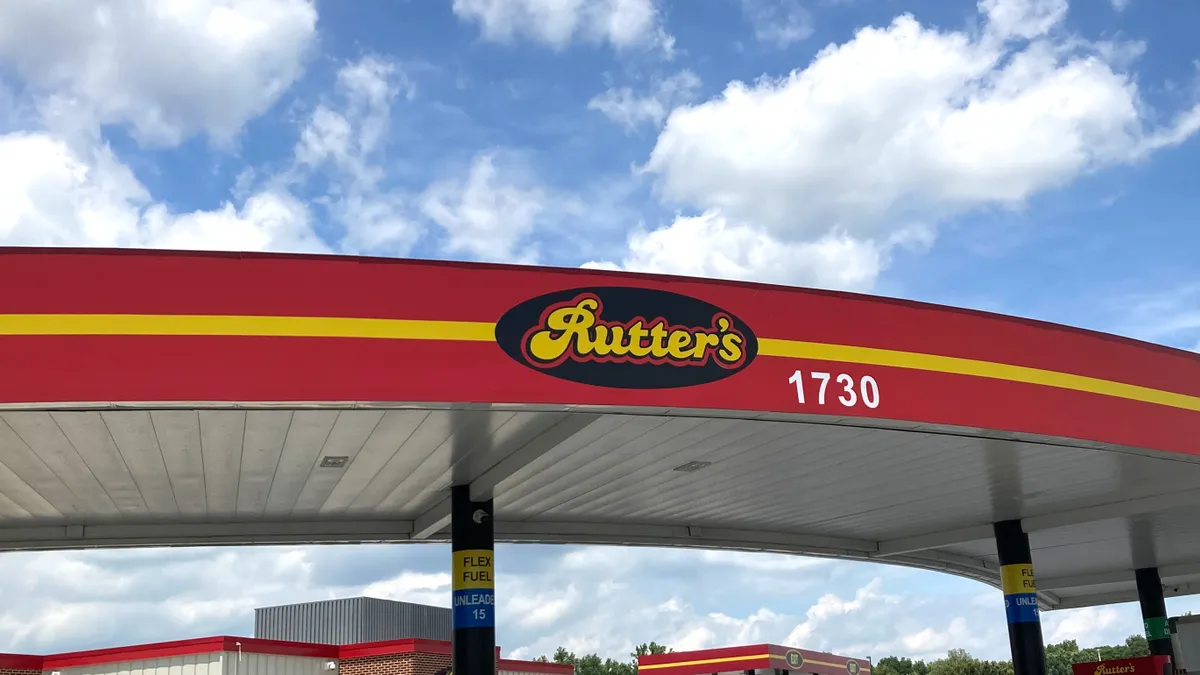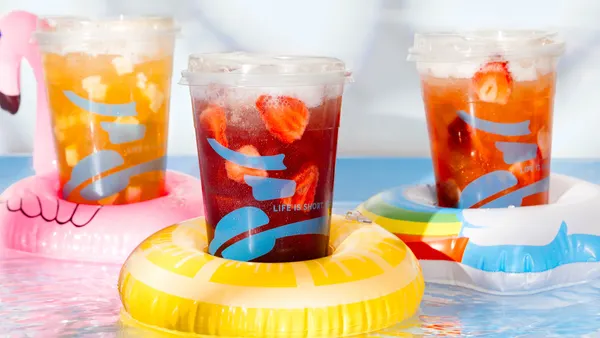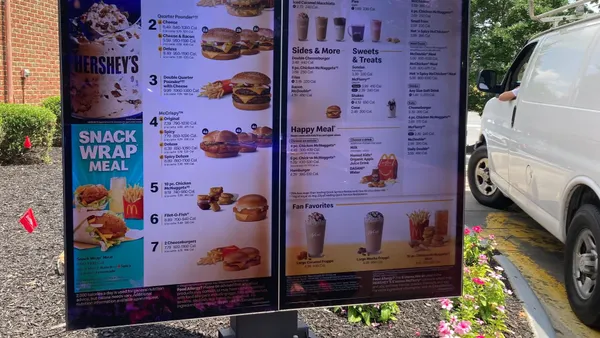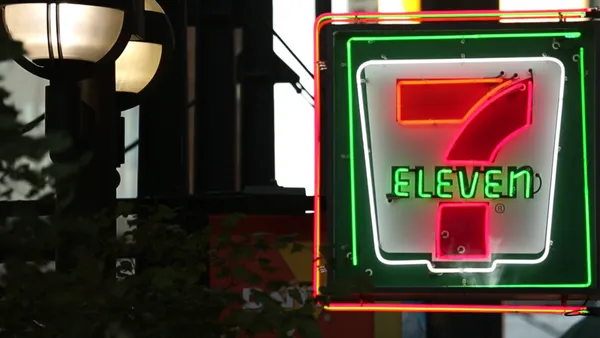Rutter’s has a long history in the food business, beginning as a farm in 1747 and opening a dairy in 1921. Over the years, it has opened dozens of convenience stores and is now building larger, experience-focused locations.
The York, Pennsylvania-based retailer now has 87 c-stores in three states, and food innovation remains a central focus.
Philip Santini joined Rutter’s roughly a year ago in the newly created role of senior director of advertising and foodservice. He brought years of experience in foodservice to the role, including with restaurant Le Pain Quotidien and food and drink marketplace Eataly.

Santini spoke with C-Store Dive about how Rutter’s keeps its menu exciting, how it aims to meet customers where they are and some of the ways it’s tweaking its offerings.
This interview has been edited for length and clarity.
C-STORE DIVE: Over the years, what have been some of the menu mainstays for Rutter’s fresh food program?
PHILIP SANTINI: I would say our most popular items, and sort of the mainstay, is any of the breakfast items. We have a large coffee [customer base] that comes in, so we do a ton of breakfast sandwiches, breakfast bowls, breakfast burritos, you name it — anything ready to go.
[We also have] a hot dog, or even a burrito that's contained that you can eat while you're sitting comfortably in your car in one of the parking lots, or even on site in one of the seating areas that we have in our locations.
But sandwiches and other aspects have morphed into more creative things.
What was the genesis of adding the limited time rotating options to your menu?
I think a portion of it was to just create some excitement in general. We wanted to do something to continuously offer our guests that exciting thrill, or that “you have to come to Rutter’s to try this” option.
And now, with my almost year here, we've had several iterations of the quarterly [menu] that have come out, and we're now reintroducing some of those items that have been either fan favorites or were items that just were heavily requested, either through some of our social media channels or just customer service in general.
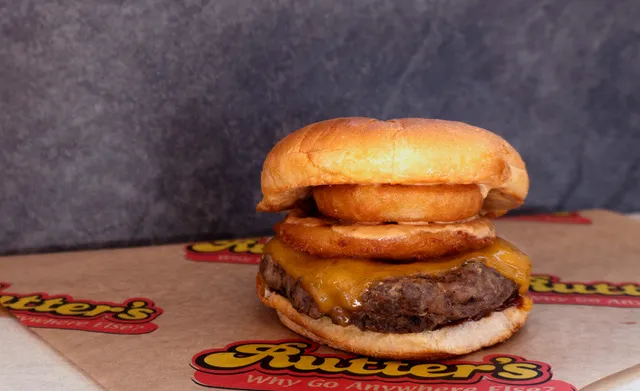
How has the rotating menu been received overall?
I think it's one of those items that is something to talk about. It continuously keeps it fresh. The previous status quo was very much “I know I'm going to get what I get, and that'll be at the end of it,” whereas now, because there's an opportunity, you almost never know what you're going to get. And it goes across all of our product selections, even our inside sales categories and the selections we have of age-restricted products and food service items.
We're going through one by one and determining whether or not this is the best particular item to offer. And then we're pushing those through the LTO menu.
I'll give you a great example. We just brought in new pickles. And it seems like something small, but to me, pickles make a big part of the sandwich, right? Or a burger, or whatever you're eating it on. I think we did it periodically over the course of the last two weeks in stores, and we've already received five or six positive reviews on just pickles, right? So there's small things that we can do to make a huge impact on the overall program.
You talked a little bit about hearing from people on social media. What are some of the other ways that Rutter’s draws inspiration for menu items?
We've spent a lot of time [over] the last year, since I've been here, to evaluate our customer base — specifically our loyalty members. What are they after, and what continuously keeps them coming back? What do they want to see out of our loyalty program?
On the other side of it, we've also spent a lot of time in the last year asking our employees what they want to see on the menu. What do they get asked the most for? Luckily for us, we have a large footprint, and we have nearly 3,000 people that can give us feedback on a daily basis outside of the consumer base. The employees provide that knowledge and that sort of frontline inspiration to tell us whether or not this was a good idea, or [ask us] “have you ever considered this?” And in some cases we're right aligned. In some cases we're not.
You also kind of touched on this earlier, but how has Rutter’s lengthy history as a dairy affected its growth?
We offer a number of amazing dairy products produced by our dairy in our locations when possible. We use them in some of our recipes, and we offer them combos.
And we're always looking for different ways to reinvent that sort of nostalgic feel. We have a few things in the works right now that we're considering specifically with our dairy products. So we'll stay tuned on that one, but ideally it's bringing back or continuing to promote that rich history and tradition.
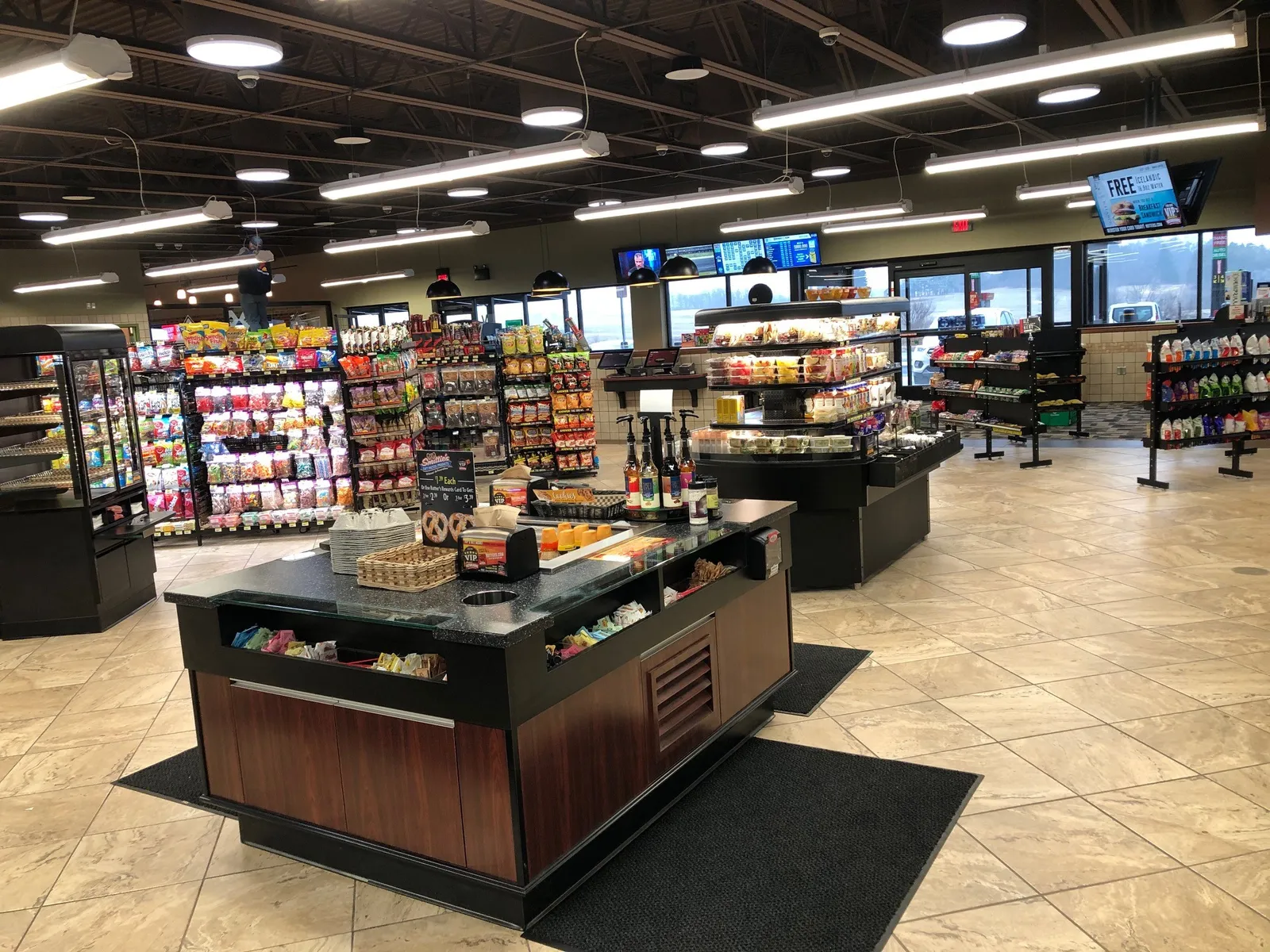
I know Rutter’s tends to have a lot of inside seating — if I understand correctly, usually about 30 seats.
It's for the beer [licenses]. So we have to have a minimum of [30] seats in stores, and I can tell you that while that is the minimum, we're also looking for other ways to incorporate additional seating in our stores. We want to make sure that it's a comfortable atmosphere for somebody to go in and enjoy a number of the items.
I think it's something along the lines of nearly 70% of people that purchase … food service items will consume them either on premise or in their car, so we want to provide them that atmosphere. Why go anywhere else, right?
You're also starting to expand outdoor seating in some of your locations?
Yeah, there's been a larger push with the redesigns that we've had, or prototyping stores, to incorporate some exterior seating. My opinion on it overall is that it's a great idea. I love to eat outside. I think it gives you that element of we are … more in line with being sort of this quick service restaurant.
How is Rutter's leaning into consumers' evolving perceptions of c-store foodservice?
The QSR boom has sort of taken over in the last 20 years. I think the perception of these establishments to give people more exciting options is, bar none, one of the most important things that we should be focusing on right now.
I'll give you a great example. You see a lot of these other, larger chains putting out specific meal deals because they've been very overpriced from a customer's perspective. We have never really gotten to that point.
I think that we offer, in most cases, similar products to these other establishments, but we have the opportunity to present them in a different way. We're not going to be making fresh guacamole and grilling carnitas for burritos for 12 hours and slow cooking and presenting them. But that doesn't mean that we can't find the best product out there to serve at a very reasonable price.
I think that box that we were in previously was very much one sided, and now we're pushing out the boundaries to give the growing clientele and the younger generation the options that they are so desperately seeking.
Rutter’s has been doing touchscreen ordering for years now. You added online ordering more recently. How do you approach building that tech stack?
I think we were one of the first to do [touchscreen ordering] within the industry in general, well before my time. Something that we're very proud of [is that] we're always in the running to be one of the most innovative companies … within the industry. So it aligns with our goals and strategic initiatives to be best in class from a technological standpoint.
And even in the short period that I've been here, I know that we've taken leaps and bounds to achieve that goal by way of pushing or evaluating our app and our loyalty program.
And that's where the tech advancements conversations come in. How are we presenting ourselves through a digital space? What areas are we marketing ourselves in? Are we going through generic media outlets? Are we using different capabilities through either [over-the-top] or expanded ZIP code targeting, geofencing opportunities, etc? So we're continuously looking down that technological pathway to make sure that we're aligned for the future and the success of our business.
As Rutter’s reaches new states and new markets, how do you introduce yourselves as a food destination?
Actually, we're in the process of discussing that right now. My role is kind of unique in the sense that I also oversee the advertising elements. We're working hard now to determine how we want to treat those particular situations. Previously, we've done direct mailer campaigns, and we'll do billboards and other areas of media.
As we continue to expand outside of [our current footprint], we're really opening ourselves up for the conversation of, “Okay, do we go for more of the targeted ZIP code areas on these OTT (over the top) parameters with a provider that has a wide reach?” Then we'll lay out a plan that would follow that suit.
We'll do hiring campaigns within the area as well, to promote the interest of the location. Also we do need to staff it, but we'll go through that process and determine how we can continuously communicate the different offerings over here.
One of the things we're looking at right now is specific deals for individuals within our loyalty space. So again, if you're a habitual coffee drinker, let's give you a coffee or, even better, if you never tried one of our breakfast sandwiches, let's get you to try one of our breakfast sandwiches when you buy your coffee.
Is there anything else you’d like to add?
I think our industry as a whole is going to see a huge focus on continuing to push the quality boundaries of our products. I don't think we'll go as far as organic or free range, or any of that. If you have a mom-and-pop shop and you want to use cage-free eggs and always organic products, I 100% support it, but I don't think on our scale, we can.
But I think we could probably try to look for ways to push the boundaries. Could we get the highest-quality bacon out there, and put that on our menu? The answer is probably yes.



